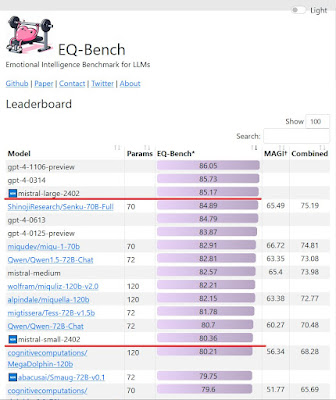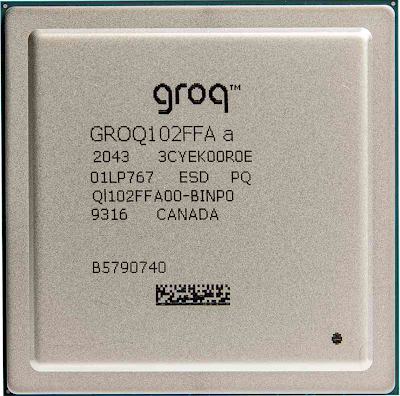In an era where digital communication increasingly seeks to be as expressive and personalized as possible, the Alibaba Group's Institute for Intelligent Computing has made a groundbreaking advancement with the development of EMO. This novel framework signifies a leap in the generation of expressive portrait videos, utilizing an audio-driven approach to bring static images to life under minimal conditions.
EMO stands out by tackling the intricate relationship between audio cues and facial movements to enhance realism and expressiveness in talking head video generation. Traditional techniques often fall short in capturing the full spectrum of human expressions, particularly when it comes to the unique subtleties of individual facial styles. EMO addresses these limitations by directly synthesizing video from audio, bypassing the need for intermediate 3D models or facial landmarks, ensuring seamless frame transitions, and consistent identity preservation.
The brilliance of EMO lies in its utilization of Diffusion Models, celebrated for their high-quality image generation. By leveraging these models, EMO can produce videos with expressive facial expressions and head movements that are dynamically aligned with the audio input, be it talking or singing. This direct audio-to-video synthesis approach has shown to significantly outperform existing methodologies in terms of expressiveness and realism.
Moreover, EMO introduces stable control mechanisms through a speed controller and a face region controller, enhancing stability during video generation without sacrificing diversity or expressiveness. The incorporation of ReferenceNet and FrameEncoding further ensures the character's identity is maintained throughout the video.
To train this model, a vast and diverse audio-video dataset was assembled, covering a wide range of content and languages, providing a robust foundation for EMO's development. Experimental results on the HDTF dataset have demonstrated EMO's superiority over state-of-the-art methods, showcasing its ability to generate highly natural and expressive talking and singing videos.
EMO's innovative framework not only advances the field of video generation but also opens up new possibilities for creating personalized digital communications. Its ability to generate long-duration talking portrait videos with nuanced expressions and natural head movements paves the way for more immersive and emotionally resonant digital interactions.
In conclusion, EMO represents a significant stride forward in the realm of expressive portrait video generation. Its unique approach to synthesizing lifelike animations from audio inputs under weak conditions sets a new standard for realism and expressiveness, promising a future where digital communications are as vivid and dynamic as real-life interactions.




































